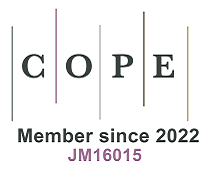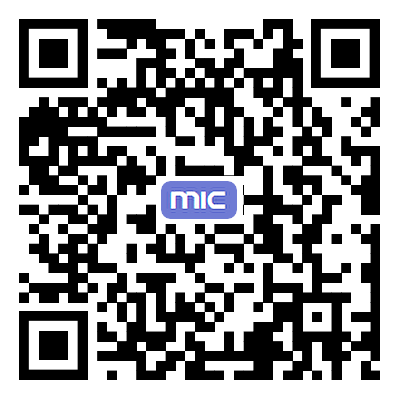Research Article | Open Access
Nonvolatile multistate memories in BiFeO3-based nanocomposites designed by phase-field simulations
Views: 8
Microstructures 2025;5:[Accepted].
Author Information
Article Notes
Cite This Article
Abstract
Realizing nonvolatile multiple polarization states in ferroelectric-based memories holds great promise for high-density data storage and advanced nanoelectronics. In this study, through phase-field simulations, we proposed a novel nonvolatile multistate memory design using BiFeO3 (BFO)-dielectric nanocomposites to enhance storage density. By embedding BFO pillars within a dielectric matrix, we stabilized four distinct polarization states. The effects of pillar sizes and electric fields on the stability and switching behavior of these states were systematically investigated, showing that all four states can be effectively switched using either uniform electric fields or localized voltages via a piezoresponse force microscope tip. Simulations of a 4×4 memory cell array further highlighted the potential of this design, achieving a storage density far exceeding that of conventional FeRAM devices. Our work shows the potential of ferroelectric-dielectric nanocomposites on high-density, rapid-switching nonvolatile memory technologies.
Keywords
Nonvolatile multistate memories, BiFeO3, super-tetragonal phase, self-assembled nanocomposites, phase-field simulations
Cite This Article
Liang H, Liu Y, Zhang Y, Li D, Song S,Huang X, Li W. Nonvolatile multistate memories in BiFeO3-based nanocomposites designed by phase-field simulations. Microstructures 2025;5:[Accept]. http://dx.doi.org/10.20517/microstructures.2024.152
Copyright
© The Author(s) 2025. Open Access This article is licensed under a Creative Commons Attribution 4.0 International License (https://creativecommons.org/licenses/by/4.0/), which permits unrestricted use, sharing, adaptation, distribution and reproduction in any medium or format, for any purpose, even commercially, as long as you give appropriate credit to the original author(s) and the source, provide a link to the Creative Commons license, and indicate if changes were made.













